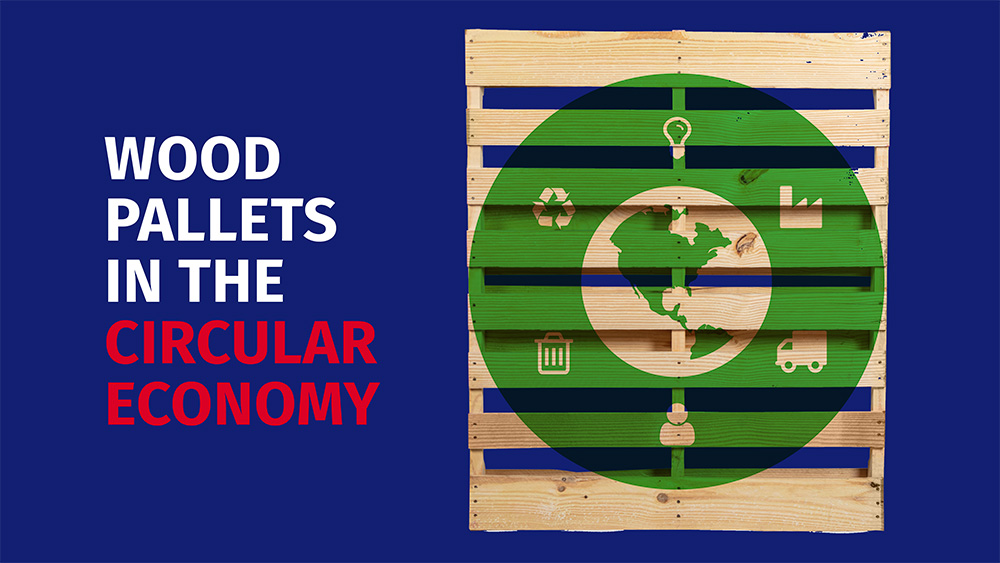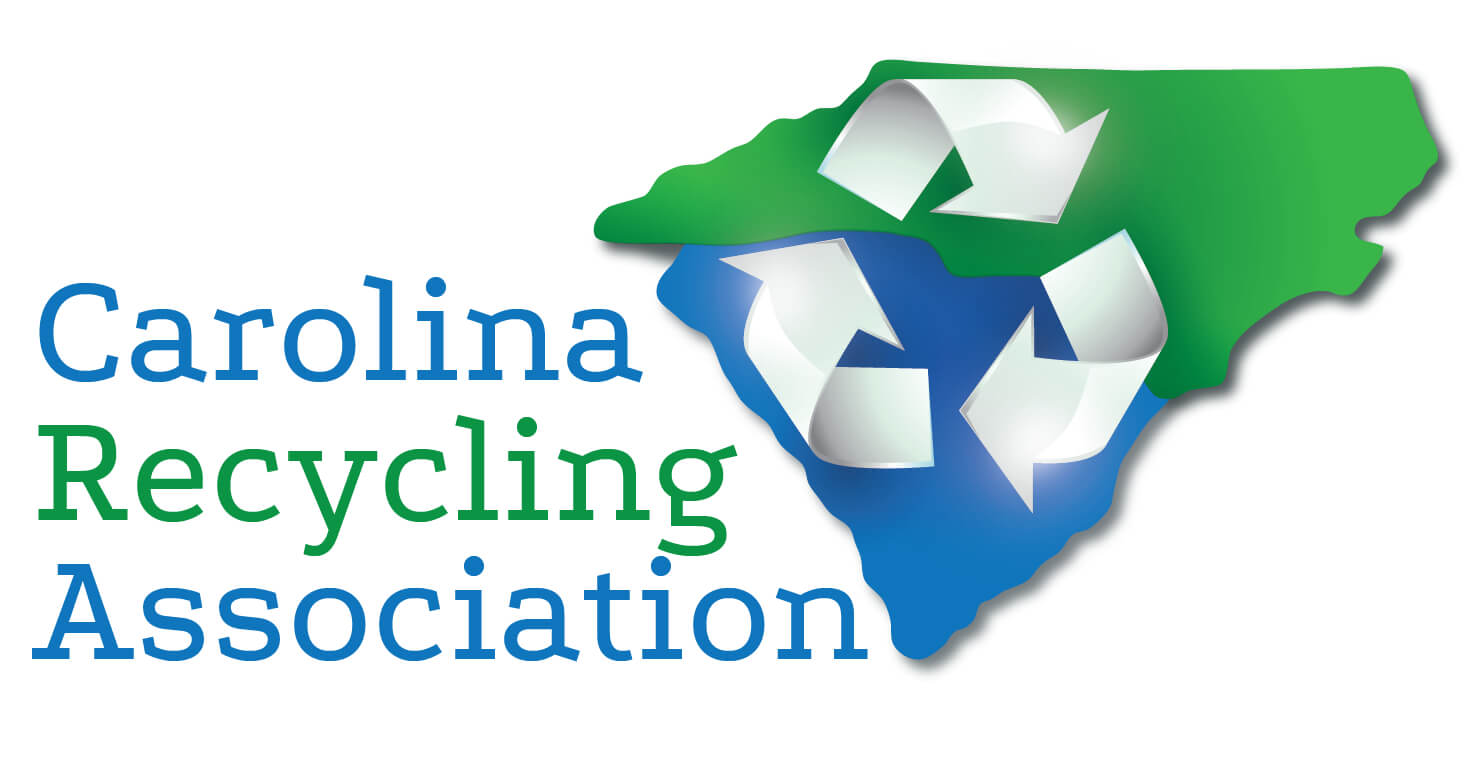The application of circular economy principles continues to gain traction as countries and companies worldwide look to pump the brakes on climate change. For example, the European Commission recently declared that strengthening the circular economy would be critical to reaching its 2040 climate target of 90% net GHG emissions reduction compared to 1990. In this article, we compare the similar concepts of circular economy and sustainability and then explore how informed pallet selection can make a powerful difference for a greener planet.
Circular Economy Versus Sustainability
The circular economy and sustainability are related but focus on different things. Let’s look at the circular economy first. This is a way of growing the economy without needing to constantly take more resources from the Earth. It tries to reduce waste by reusing, fixing, and recycling things instead of the old way of making, using, and throwing away. In a circular economy, we keep using resources as long as possible to get the most out of them, and then we find ways to turn old products into new ones.
Now, sustainability is a bigger idea than just the circular economy. It’s about finding a balance that keeps the environment healthy, the economy strong, and everyone treated fairly. The circular economy fits into this big picture by focusing on how to make and use things without creating waste and pollution. It’s about keeping things – like pallets, for instance – in use and helping nature stay healthy. While sustainability covers everything from saving energy and water to ensuring people are treated right, the circular economy looks explicitly at making our production and usage of goods better for the planet.
How Can Pallets Help Carry Our Sustainability Aspirations?
Wood pallets are a prime example of how circular economy principles can be applied practically. To quote one leading company, reusable pallets are “inherently sustainable” or “inherently circular.” To start, the wood used to build pallets is a renewable resource sourced from sustainable forests.
Additionally, wood is a carbon sink that keeps carbon out of the atmosphere. In fact, the wood pallet Environmental Product Disclosure (EPD) demonstrates that even a single-use wood pallet is potentially carbon positive, thanks to end-of-life heat generation potential and the minimal energy required to create a wood pallet.
Through reuse, pallets become genuinely circular, creating a return loop or circle as emptied pallets are returned to shippers for the next shipment. Pallets designed with reuse in mind, such as proprietary closed-loop systems or pool pallets, including CP pallets, GMA pallets and Europallets, are perfect examples of circularity. Once emptied, pallets are repositioned and refurbished, if necessary, for reuse. The repeated pallet use and reuse cycle while avoiding new product production is at the heart of circularity.
Additionally, pallet recyclers can disassemble custom-sized or badly damaged pallets to harvest reusable components to build or repair others. Damaged wood can be reduced to fiber for applications such as fibreboard, paper production, bedding, mulch or heat generation.
The challenge can seem daunting as companies worldwide strive to find early and powerful sustainability wins. But a great way to start is by taking a closer look at your pallets. Ask PalletOne how a circular approach to pallet management can help build momentum toward your overall sustainability journey.












